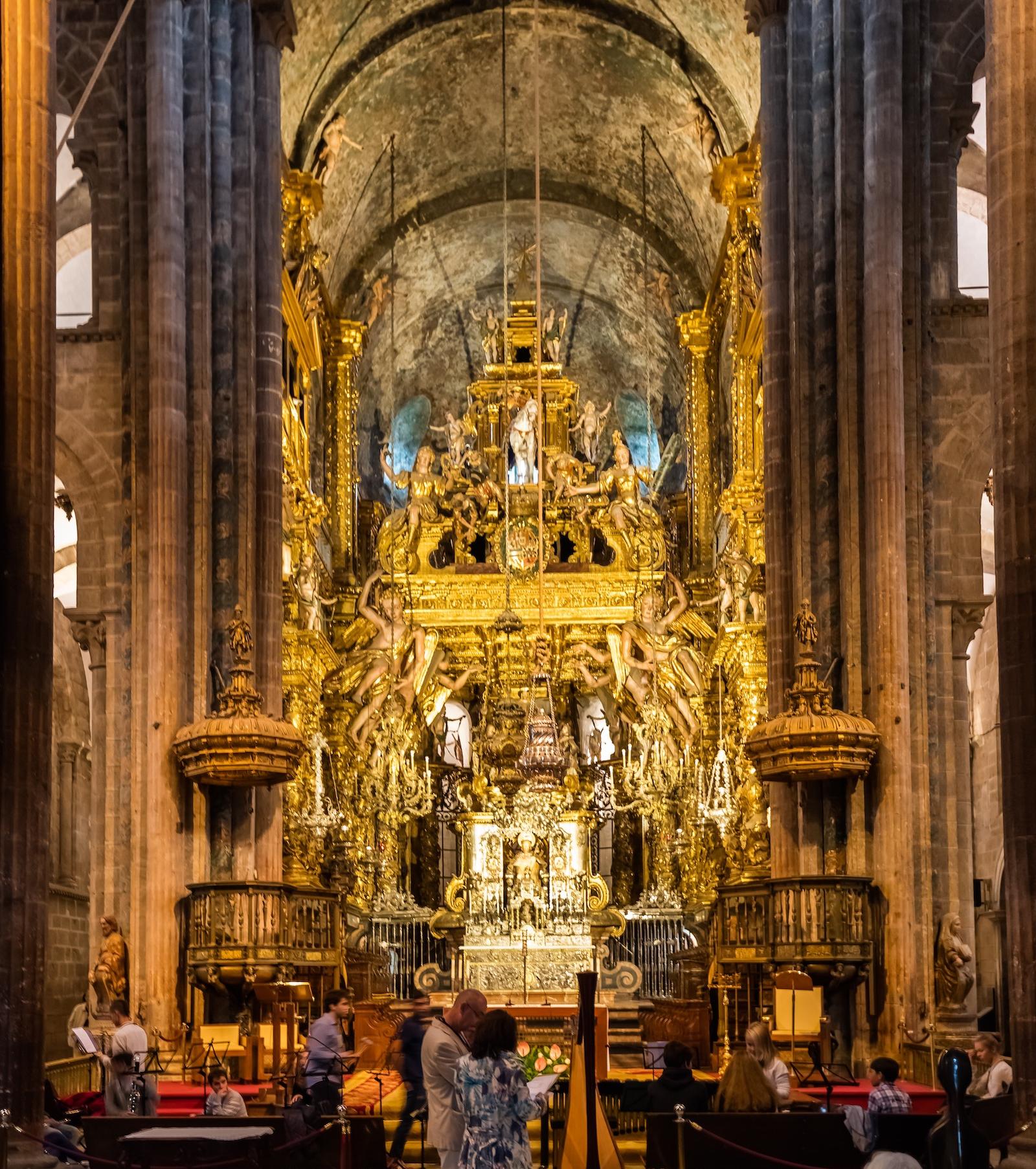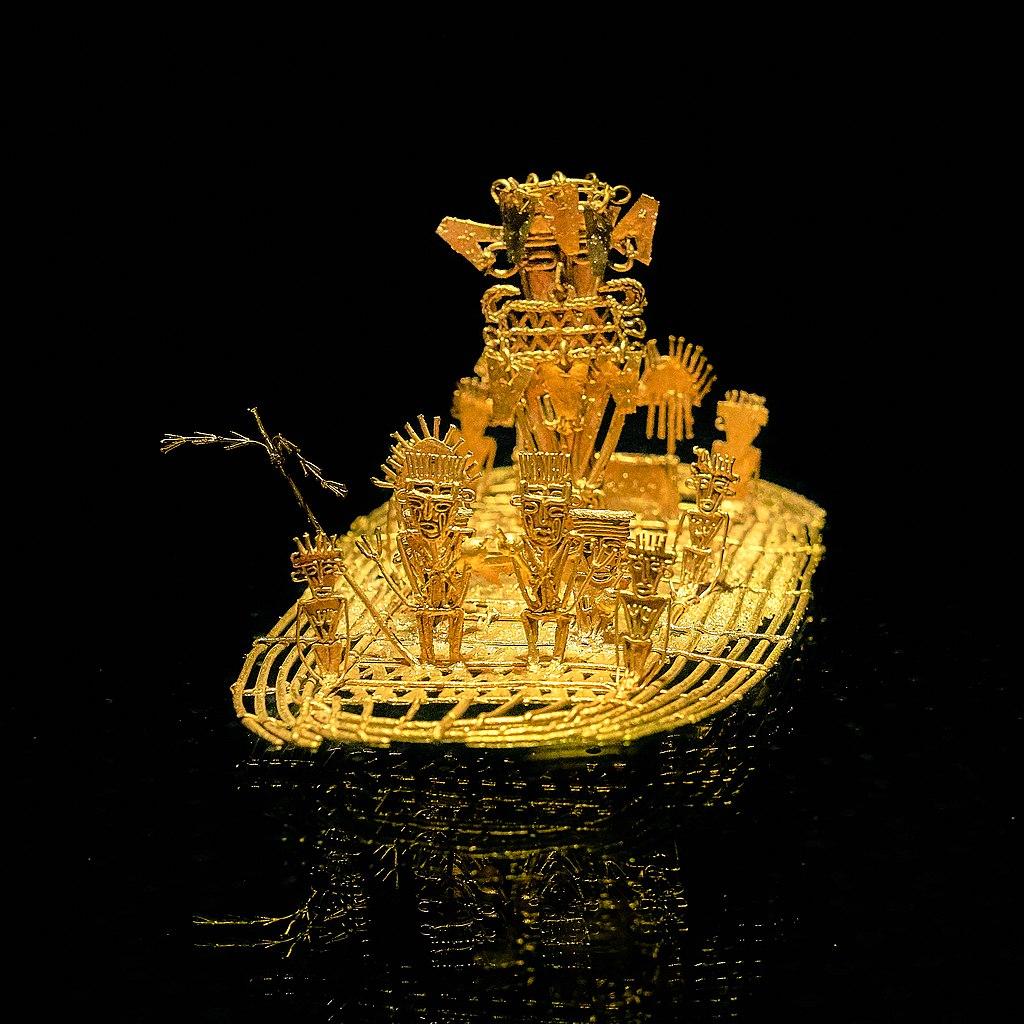The Spanish Galleon San José, which sank off the coast of Colombia in 1708, was rediscovered by Colombian officials in 2015 near Cartagena. For years, the San José was called the “holy grail of shipwrecks,” believed to contain plundered items—primarily gold, silver, and emeralds—worth an estimated $17-22 billion.
Although archaeologists and historians were excited by the news, the question of ownership quickly emerged, with Spain and the United States both attempting to usurp Colombia’s claim.
The means with which the United States attempted to justify its claim date back to the 1980s when the Glocca Mora Company (GMC) began to search for ships off the Colombian coast with the country’s permission. It soon located what was then believed to be the San José.
Colombia, having limited technological and financial resources to do so alone, agreed to give GMC thirty-five percent of the shipwreck’s treasure in exchange for recovery of the site. In 1984, before recovery had begun, GMC handed its rights to the percentage over to an American salvage company, Sea Search Armada (SSA).



























